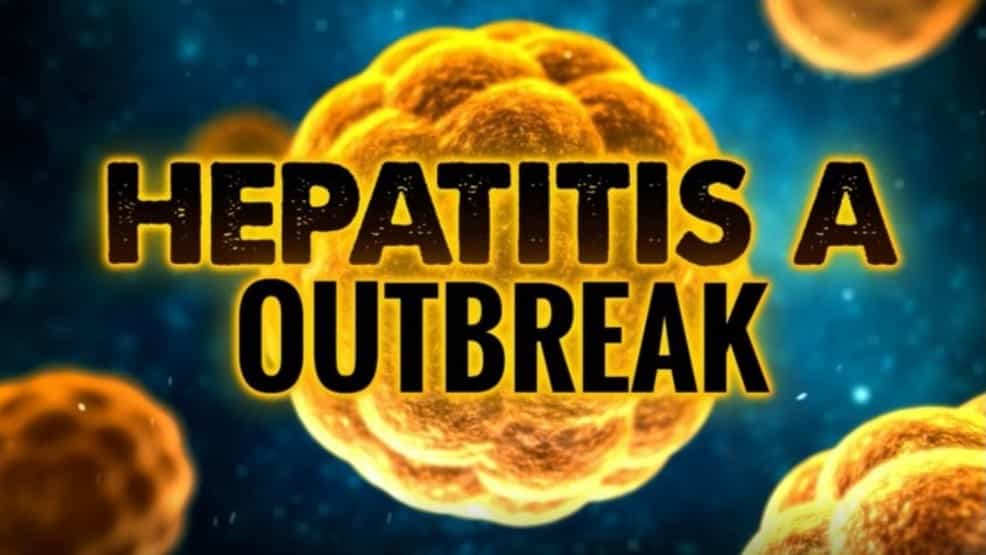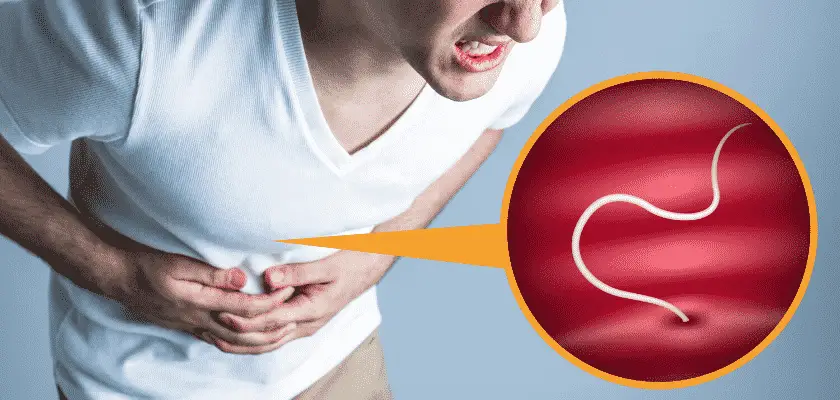Food poisoning occurs throughout the world. Food poisoning is common in the United States. Most people recover completely from food poisoning without any long-term complications. In this article, I will review the causes, signs and symptoms, and treatment of foodborne poisoning.
How to Prevent Food Poisoning From 5 of the Most Common Bacvteria
There are many ways that food can cause food poisoning. Food poisoning occurs when food is contaminated by either a virus, bacteria, or parasite. Read on to learn how to prevent food poisoning from 5 common bacteria.
Salmonella
The most common cause of food poisoning is Salmonella. In the United States, there is an estimated one million cases of Salmonella food poisoning each year.
There are many types of Salmonella. One type causes gastroenteritis and one type causes typhoid fever. The strains that cause gastroenteritis are much more common in the United States.
In animals, Salmonella is very common. However, when humans come in contact with Salmonella, it makes humans very sick. Humans get Salmonella poisoning when they come in to contact with animals or the environment.
food contamination can occur during food processing or due to cross-contamination. Most cases of food poisoning occur because of cross-contamination in the kitchen or during food handling.
For example, when meat is undercooked, or when meat is laid down on a surface, and the surface is not thoroughly decontaminated.
Produce is extremely vulnerable to this cross-contamination. Especially if the produce is not properly cleaned.
Signs and symptoms of Salmonella Gastroenteritis:
- Nausea
- Vomiting
- Abdominal cramps
- Diarrhea
- Fever
- Chills
- Headache
- Blood in the stool
Treatment for Salmonella
Treatment for Salmonella includes medications for diarrhea such as Imodium.
Antibiotics are used if the infection has gone into your bloodstream. If your Salmonella case is uncomplicated, antibiotics are not needed.
Norovirus
Norovirus is the most common foodborne illness. This infection occurs when people who are infected are handling food.
Norovirus is a very contagious virus that causes vomiting and diarrhea. the Norovirus can spread very quickly.
You can get Norovirus by the following:
Symptoms of Norovirus
- Diarrhea
- Vomiting
- Nausea
- Fever
- Stomach pain
Norovirus is sometimes called the stomach flu or stomach bug.
The best way to prevent the Norovirus virus is to have good hand washing.
In fact, we commonly hear passengers on about cruise ships getting infected with the Norovirus. The virus moves quickly among the passengers because the virus is very contagious.
Treatment for Norovirus
There are no specific medications for Norovirus. People infected with Norovirus should make sure that they drink plenty of water because of diarrhea and vomiting.
Antibiotics will not help because Norovirus is a virus.
Escherichia coli (E. Coli)
Escherichia coli is a normal flora in humans and animals intestines. The majority of E. Coli strains are harmless.
Some E. Coli strains are harmful and can cause illnesses such as diarrhea. These harmful types of E. Coli can be transmitted through contaminated water or food.
There are six types of E. Coli. They are:
- Shiga toxin-producing E. coli . This is the most common type that causes foodborne illnesses.
- Enterotoxigenic E. coli (ETEC)
- Enteropathogenic E. coli (EPEC)
- Enteroaggregative E. coli
- Enteroinvasive E. coli
- Diffusely adherent E. coli
The majority of harmful E.Coli causes diarrhea. However, this bacteria can cause other illnesses such as respiratory infections, urinary tract infections, and pneumonia.
Another common type of E. Coli infection can occur when a person has been taking antibiotics. The antibiotics “kill” the good bacteria in the intestines, and this action allows the E. Coli to “take over”.
Symptoms of E. Coli
Diarrhea
Stomach pain
Nausea
Vomiting
Treatment For E. Coli
For illness caused by E. coli, no current treatments can cure the infection, relieve symptoms or prevent complications. For most people, treatment includes:
- Rest
- Fluids to help prevent dehydration and fatigue
Hepatitis A virus
Hepatitis A is transmitted in foods contaminated by an infected person. Hepatitis A is a contagious liver infection caused by the hepatitis A virus.
Hepatitis A virus can range from mild symptoms to severe symptoms that last several months.
Death from hepatitis is rare.
Hepatitis A usually spreads when a person unknowingly ingests the virus from objects, food, or drinks contaminated by small, undetected amounts of stool from an infected person.
Hepatitis A causes jaundice. Jaundice is a yellowish coloring to the eyes. Symptoms can appear from 20-50 days after the infection.

Symptoms of Hepatitis A Virus
Treatment for Hepatitis A
There is a vaccine for hepatitis A. However if you are not vaccinated, you can get a shot in immune globulin.
The best way to prevent hepatitis A is to have good handwashing. Also, people should wash their hands before and after using the bathroom.
Also, people should wash their hands after changing a baby’s diaper.
Listeria
Listeria is a bacteria that is commonly found in unpasteurized milk and milk products. Listeria has also been found in processed foods such as cheese and lunch meats.
About 1700 people get Listeria each year. Of these people, 160 will die. Therefore, this is a serious infection.
This infection is most harmful to children, the elderly, and people with a decreased immune system.
Symptoms of Listeria Infection
This infection affects women who are pregnant differently that people who are not pregnant.
Pregnant women experience fever and flu-like symptoms. Pregnant women tend to have muscle aches and fatigue.
Women who are pregnant can have miscarriages or premature delivery.
Non -pregnant people symptoms can include headache, stiff neck, confusion, walking problems, and muscle aches.
Treatment
If the infection spreads to the brain, it can cause severe damage such as meningitis and cerebral abscesses.
If the infection is mild, no medication is needed. If the infection is causing serious symptoms, antibiotics might be needed.
Risk Factors For FoodBorne Illnesses
There may be two people who eat the same thing, and only one of them gets sick. This is because people have risk factors for contracting foodborne diseases.
How Are Foodborne Illnesses Diagnosed?
Foodborne illnesses are diagnosed according to the person’s symptoms and what they have eaten.
When Should You Seek Help?
If you have severe stomach pain or relentless diarrhea, you should go to the doctor’s office or the emergency department.
Did I leave anything out? Comment below.
References:
https://www.cdc.gov/ecoli/general/index.html


